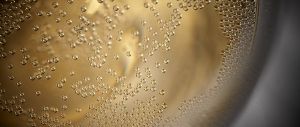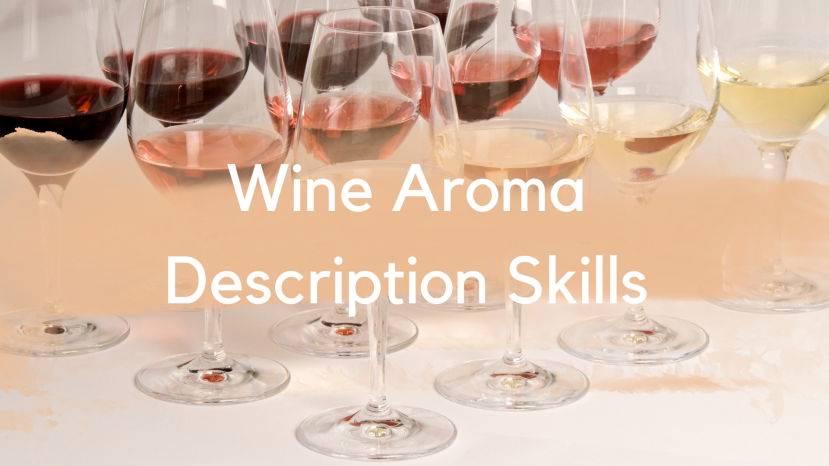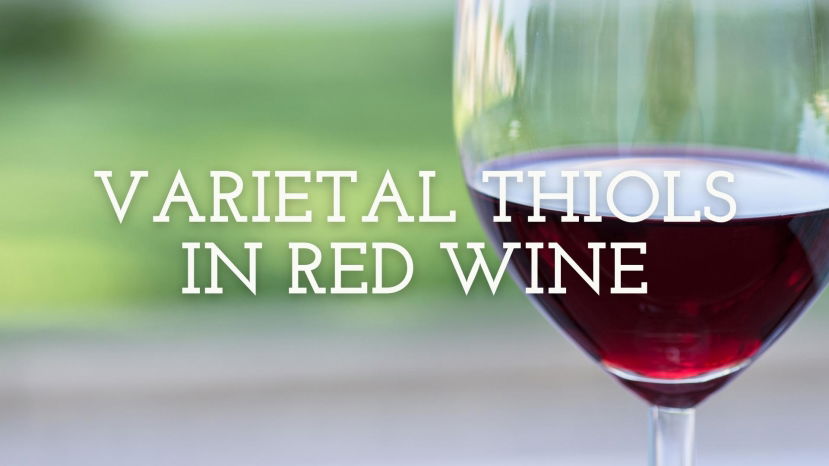BLOG
aromas
A BIT OF WINE CHEMISTRY: Lessons from Champagne Day one of the Champagne study trip initiated a discussion which continued throughout the week of factors impacting aromas and flavors in champagne. Broadly, aromas can be categorized into the impacts of grape variety, terroir, vinification, and post-production events (influencing individual bottles versus entire “batches”). This article will focus upon the biochemistry of sulfur, nitrogen, oxygen, and sugars in an acidic environment (esters arising from acidification of alcohol); the intent is not intended to be comprehensive. For purposes of this essay, the use of the word aroma will include the complex notes of aging characterized as “bouquet.” “Although many efforts have been made to characterize the quality and flavor of the compounds in wine… tasting remains the single universal test used… This is because the taste of a molecule, or blend of molecules, is constructed within the brain of a taster.” F. Brochet and D. Dubourdieu, 2001
Summary: Have you ever struggled to find words to describe wine aromatics? Being able to associate a name with an aromatic sensation is not innate. It's a learned skill, but so challenging to acquire. This webinar reviews the main reasons for this challenge: your olfactive sensitivity, cultural upbringing, and a lack of appropriate practice. You will learn the
Summary: Intense aromas of blackcurrant and red fruit characterize the sensory profile of some red wines that are very much appreciated by consumers. Over the last decade, researchers have shown that varietal thiols such as 4MMP, 3MHA and 3MH, first identified in Sauvignon blanc, are volatile aromatic compounds responsible for and/or contributing to the expression of these aromas in red wines. Consequently, research on the expression of varietal thiols in red grape varieties is a



